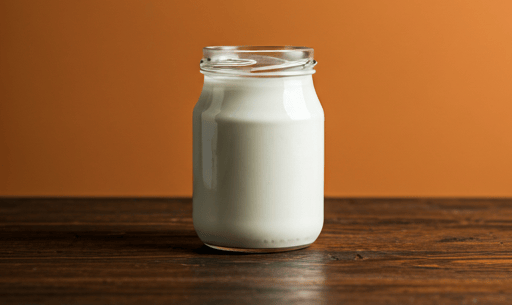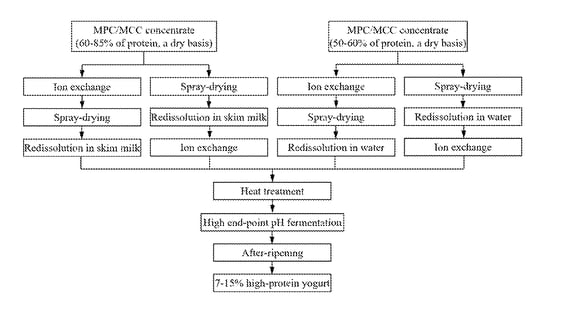High-Protein Yogurt using Decalcified MPC: Jiangnan University’s Solution
DAIRY & ALTERNATIVES


Yogurt, cherished globally for its taste, nutrition, and functional benefits, is evolving with consumer demands for higher protein content. High-protein yogurt is especially popular among fitness enthusiasts, weight-conscious individuals, and the elderly. However, traditional methods for achieving high protein content often come with challenges, including nutrient loss, adverse texture, and increased production costs. A patent application by Jiangnan University offers an innovative approach to overcome these issues.
The Challenges in Traditional Methods
The most common methods for increasing yogurt protein content include:
Centrifugal Concentration Post-Fermentation
This process generates significant acidic whey, leading to:Nutrient loss (e.g., calcium and fermentation metabolites).
Increased production costs due to whey treatment.
Pre-Fermentation Protein Fortification
Adding milk powders like skim milk powder, whey protein, or caseinate can avoid whey discharge but introduces new challenges:Excess lactose causing over-acidification during storage.
Imbalanced protein ratios adversely affecting texture and taste.
Increased production complexity and costs.
Even newer approaches, such as using milk protein concentrate (MPC) or micellar casein concentrate (MCC), can result in undesirable yogurt qualities like hardness and graininess when protein levels exceed 7%.
Jiangnan University’s Solution
This patent introduces a pre-fermentation process that redefines high-protein yogurt production. The key innovation lies in using moderately decalcified MPC or MCC, which maintains the natural micelle structure of casein while improving its functional properties. This approach addresses texture and digestibility issues without generating acidic whey.
Key Steps in the Process
Decalcification of MPC or MCC
Achieved using ion exchange resins like Amberlite SR1L Na, which selectively removes calcium ions.
The decalcification rate is controlled between 21.8%-44.2%, optimizing the casein micelle interactions.
Preparation of High-Protein Base Material
Decalcified MPC or MCC powder is redissolved in skim milk or water until protein content reaches 7%-15%.
The mixture undergoes heat treatment at 80-95°C (pH 6.6-6.8) for 10-30 minutes, followed by cooling.
Fermentation with High End-Point pH
A starter culture of Lactobacillus bulgaricus and Streptococcus thermophilus (ratio 2:1 to 1:2) is added.
Fermentation continues at 40-45°C until the pH drops to 4.8-5.0.
Low-Temperature After-Ripening
The yogurt is stored at 0-8°C for 12-36 hours, allowing further flavor development and stabilization.
Benefits of the Jiangnan University Method
Improved Texture and Digestibility
Moderate decalcification and high end-point pH fermentation synergize to produce yogurt with a softer, smoother texture and better water-holding capacity.
Nutritional Superiority
Higher calcium retention enhances the nutritional profile, making it ideal for target demographics like the elderly and athletes.
Efficiency and Sustainability
Eliminates acidic whey discharge, preserving nutrients and reducing environmental impact.
Requires no additional equipment, making it cost-effective for manufacturers.
Consumer Appeal
Delivers a product with better taste, texture, and digestibility, catering to modern consumer preferences.
Implications for the Dairy Industry
This innovation bridges the gap between consumer demands for high-protein yogurt and the technical challenges faced by manufacturers. By addressing issues like texture, fermentation efficiency, and sustainability, this method positions high-protein yogurt as a premium product with broad market appeal.


